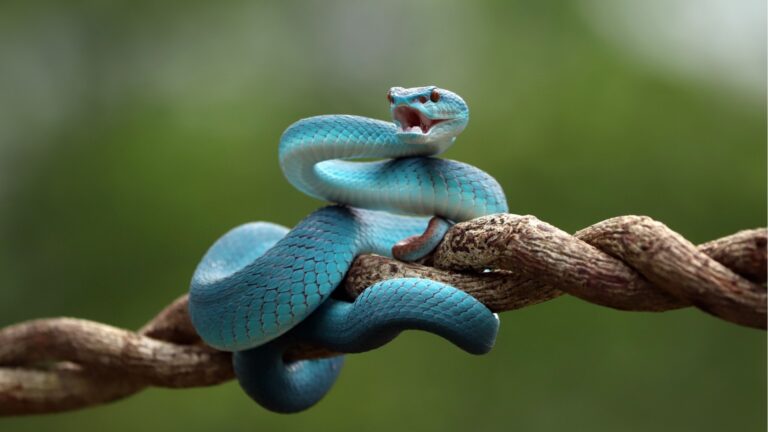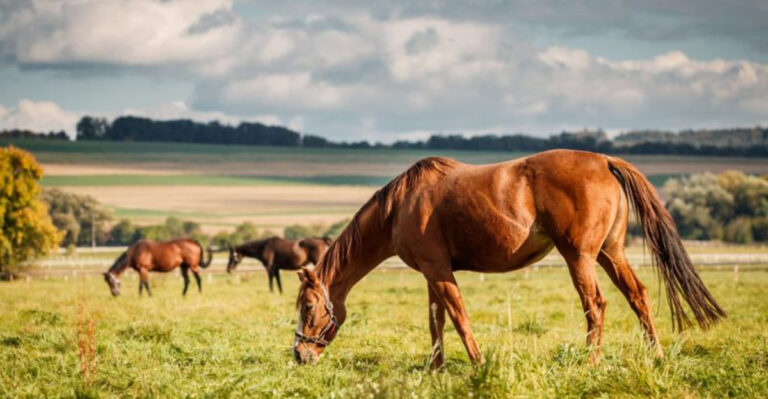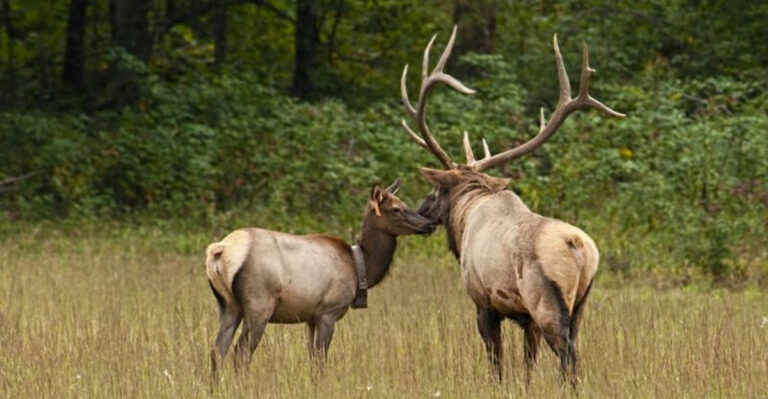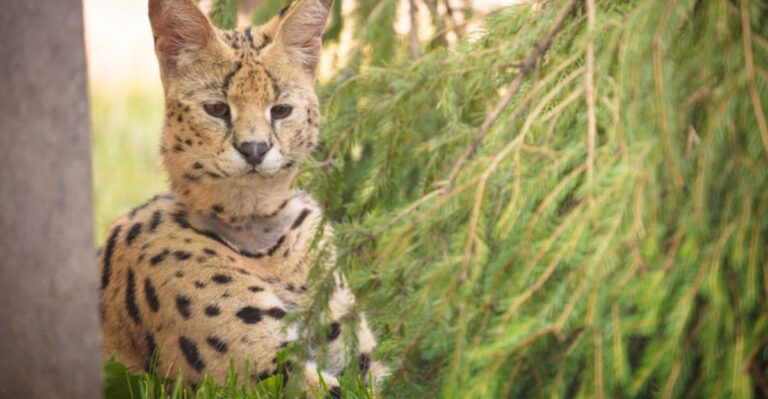All About Robin Nests And Robin Eggs
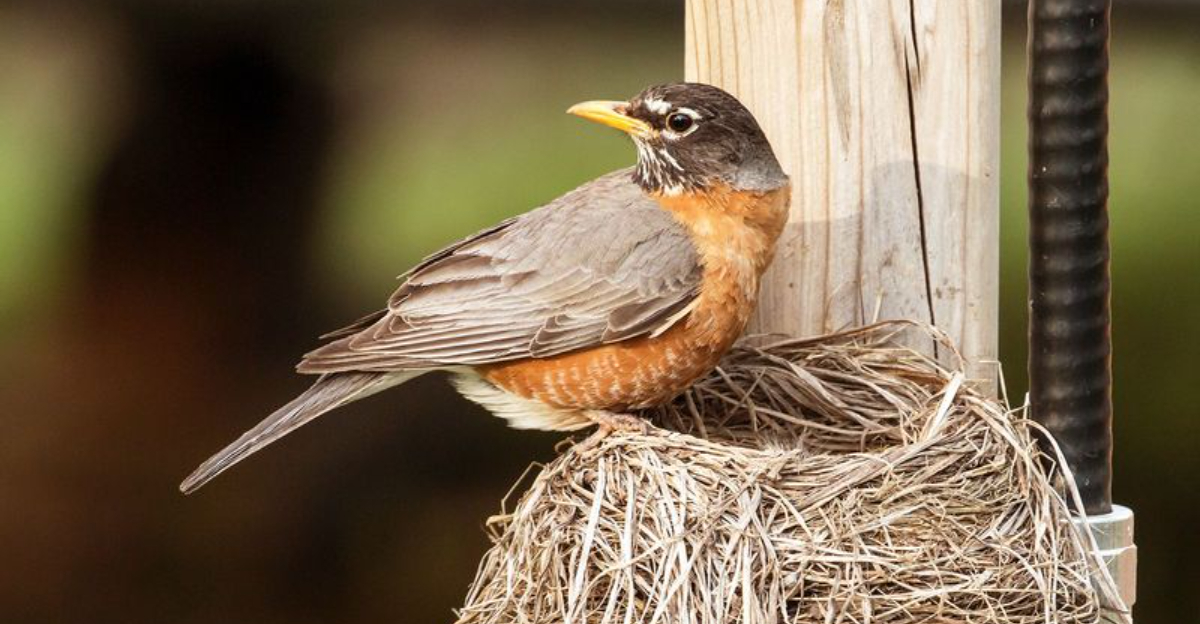
Ever spotted a brilliant blue egg nestled in a carefully crafted cup of twigs and mud? That’s the handiwork of the American robin, one of North America’s most familiar backyard birds.
These master architects create remarkable homes for their young each spring, combining natural materials with surprising engineering skills. Understanding robin nests and eggs offers a fascinating glimpse into the private lives of these beloved harbingers of spring.
1. Mud-Reinforced Architecture
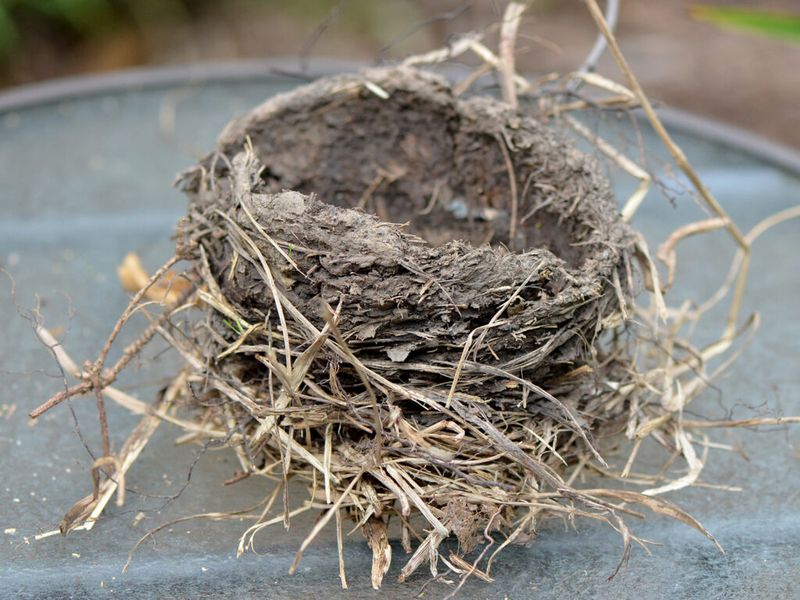
Those cup-shaped nests aren’t just random piles of twigs! Robins meticulously weave grasses and small branches together, then reinforce the structure with mud they collect after rain.
This natural cement hardens as it dries, creating a sturdy cradle for eggs and nestlings. Female robins shape the interior by pressing their bodies into the mud while it’s still wet, creating a perfect custom-fit home.
2. Signature Blue Eggs
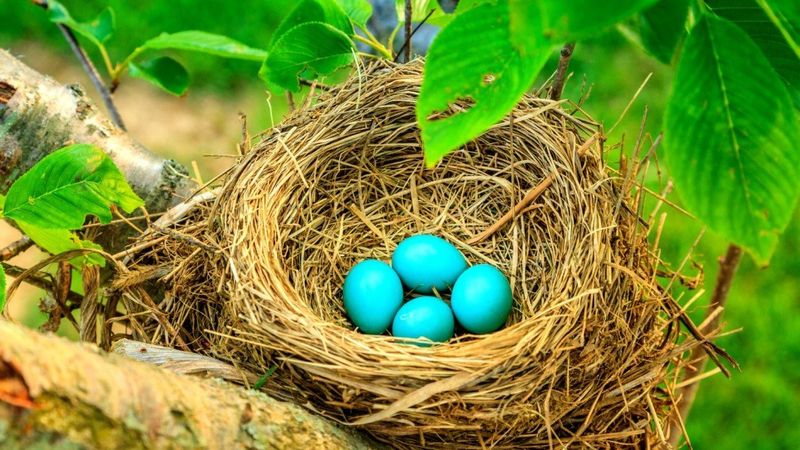
Mother Nature’s color palette gave robin eggs their distinctive ‘robin’s egg blue’ hue for good reason. The vivid blue comes from a pigment called biliverdin, the same compound responsible for bruise discoloration in humans.
A typical clutch contains 3-5 eggs, each about the size of a quarter. The bright color may help parent birds spot broken eggs or those that have been tampered with by nest parasites.
3. Unexpected Nesting Locations
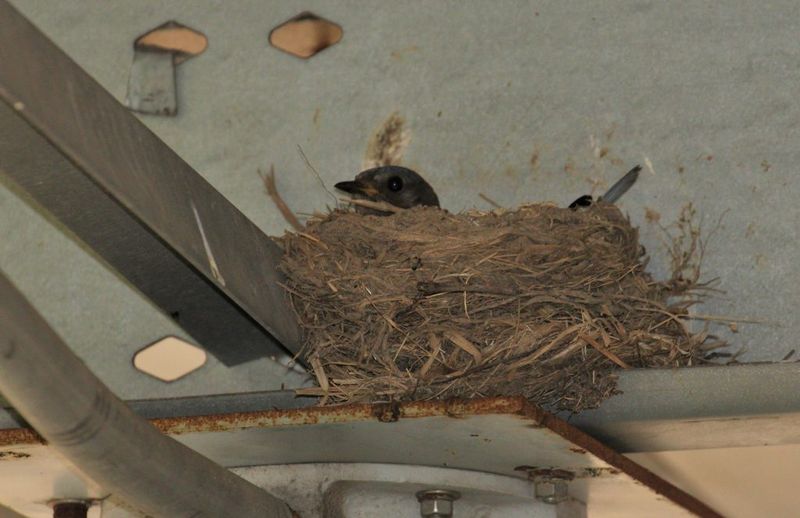
Forget tree branches only! Robins build nests in the most surprising spots. Window ledges, porch lights, and even old boots have become robin nurseries.
One family discovered a robin nest atop their garage door opener mechanism! These adaptable birds prefer locations with overhead shelter and solid support. Backyard gardeners might find nests tucked among dense shrubs or balanced on fence posts near human activity.
4. Egg-Turning Rituals
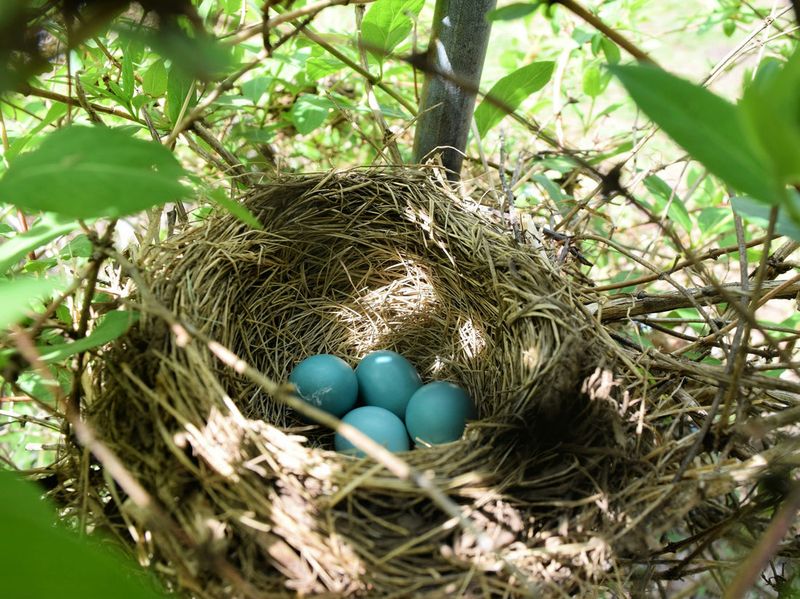
Robin moms perform a crucial egg-turning ritual several times daily. Using her bill, she gently rolls each egg to ensure even warmth and prevent the developing embryo from sticking to the shell.
This movement also distributes nutrients within the egg. The mama robin’s dedication continues through all weather conditions. Even during storms, she’ll briefly leave to turn her precious cargo before resuming her protective position.
5. Nest Construction Timeline
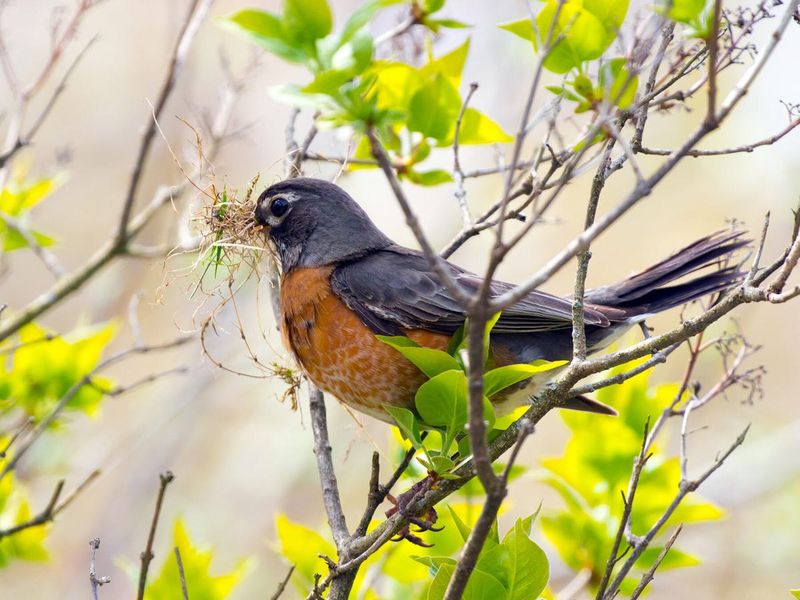
Building a robin’s nest isn’t a weekend DIY project! The construction process typically takes 2-6 days of intense labor, with female robins doing most of the architectural work.
Males sometimes bring materials but rarely participate in the actual building. Morning hours see the most construction activity. The industrious female makes up to 180 trips daily gathering mud, grass, and twigs, working tirelessly until her nursery meets her exacting standards.
6. Multi-Generation Homes
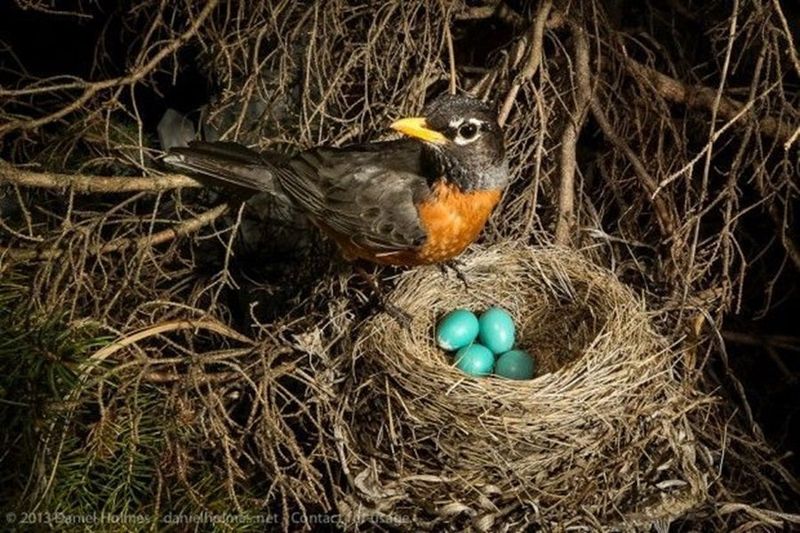
Talk about recycling! Robins often reuse successful nest sites year after year, though they typically build fresh nests for each brood. The foundation of old nests provides a sturdy platform for new construction.
Some resourceful robins save time by renovating rather than rebuilding from scratch. They’ll clean out the old nest, add fresh lining materials, and repair any winter damage. This home renovation strategy helps them raise multiple broods each season.
7. Rapid Egg Development
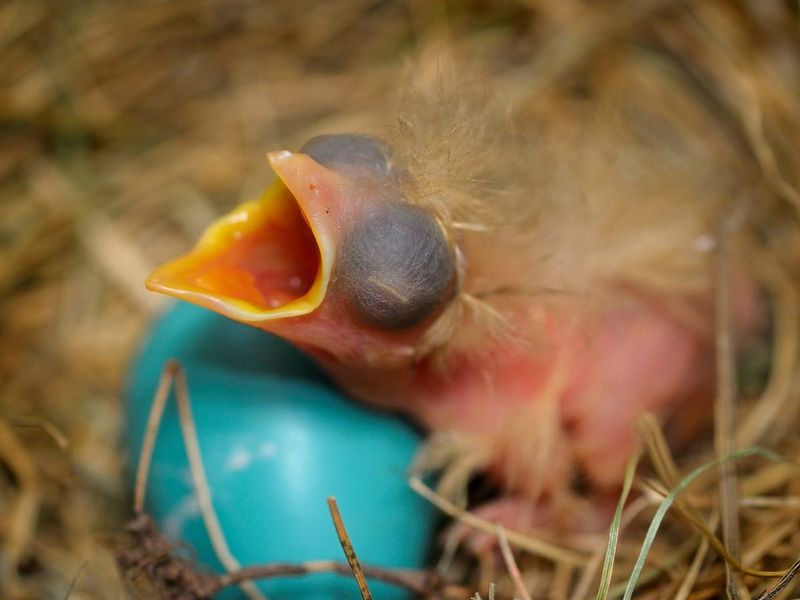
From shell to flight happens faster than you might think! Robin eggs hatch after just 12-14 days of incubation, revealing blind, naked hatchlings with only wisps of down.
The transformation is remarkable – within just two weeks, these helpless babies develop feathers and grow nearly to adult size. Their eyes open around day five. By day 13, they’re ready for their first flight lessons, though parents continue feeding them for weeks afterward.
8. Nest Interior Design
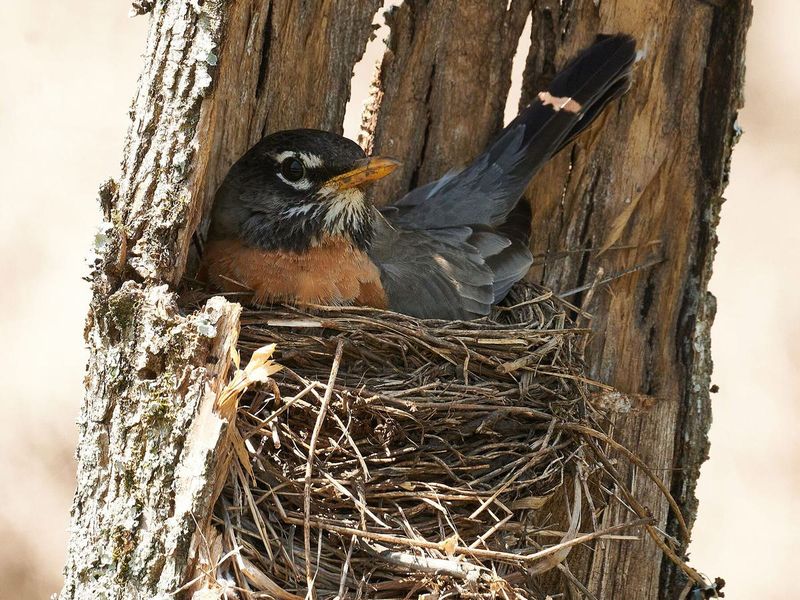
The inside of a robin’s nest feels like a luxury mattress to baby birds! After constructing the mud-reinforced outer structure, female robins create a soft inner lining using fine grasses, pine needles, and even dryer lint.
This cushioned interior helps insulate eggs and nestlings. Some creative robins incorporate unusual materials like string, paper, or even colorful plastic strips. The finished nest measures about 6 inches across and 3 inches deep—perfectly sized for a growing robin family.
9. Shell Disposal Security
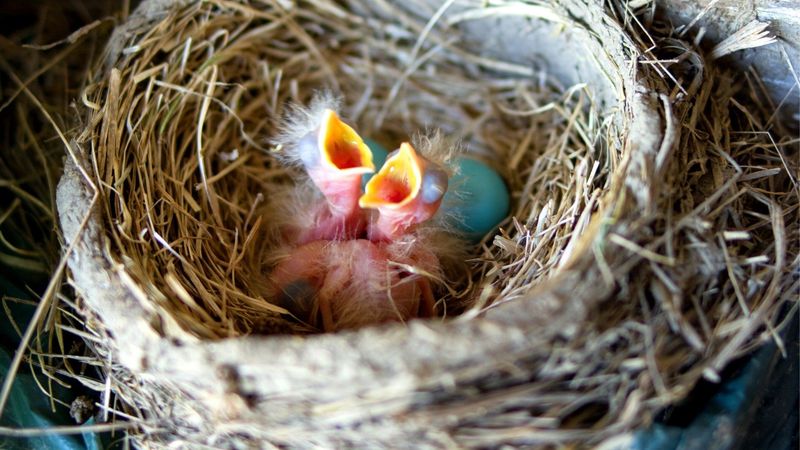
After hatching, parent robins immediately remove eggshell fragments from the nest in a fascinating security measure. Empty shells could attract predators with their bright color and calcium scent.
The adults fly the broken shells far from the nest site before dropping them. This tidy habit reduces the chance of drawing attention to vulnerable nestlings. Some researchers believe robins may even eat portions of the calcium-rich shells to replenish minerals depleted during egg production.
10. Temperature-Regulating Incubation
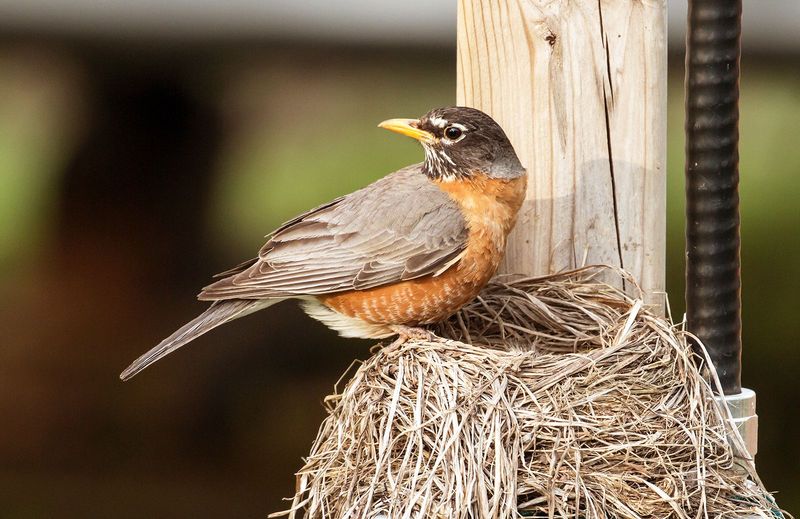
Female robins possess a remarkable built-in thermostat! During incubation, a special patch of featherless skin called a ‘brood patch’ develops on her belly, allowing direct heat transfer to the eggs.
Blood vessels in this area increase, creating a warm, moist surface. On hot days, she’ll actually stand over the eggs, shading them from excessive heat while allowing cooling airflow. This natural temperature regulation keeps eggs at the perfect 98-100°F needed for development.
11. Precise Egg-Laying Schedule
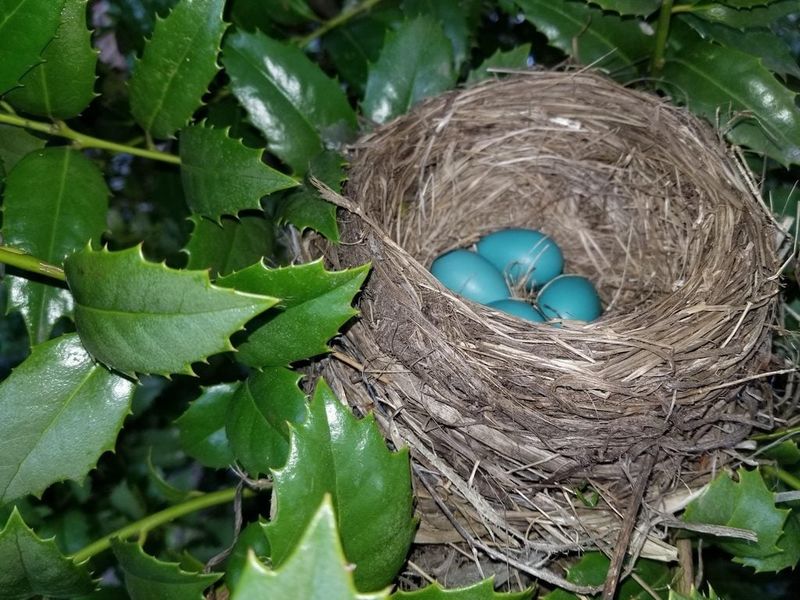
Robins follow a surprisingly predictable egg-laying routine. Females typically lay one egg each morning, almost always during the same early morning hour until the clutch is complete.
This timing isn’t random—it ensures all eggs receive equal incubation once the full clutch is laid. The mother usually doesn’t start serious incubation until all eggs are present. This synchronizes hatching and prevents older, stronger nestlings from outcompeting their siblings for food.
12. Nest Defense Strategies
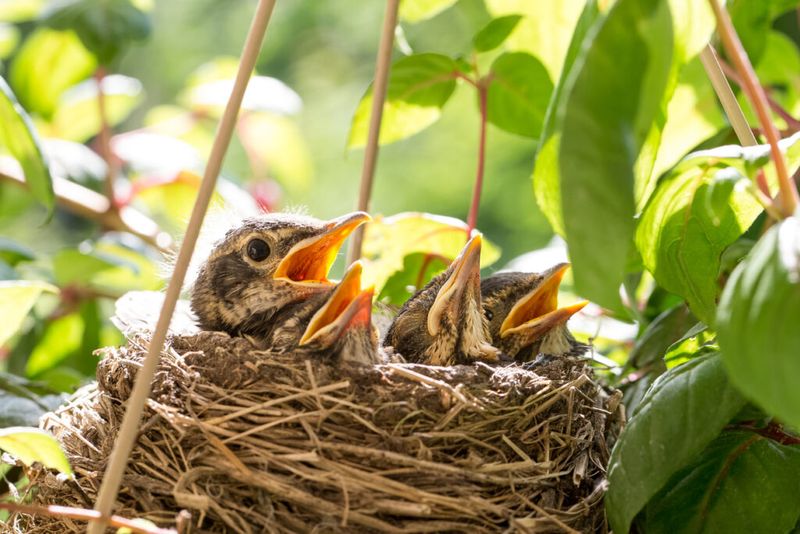
Robins transform into fearless defenders when their nests are threatened! Both parents will dive-bomb predators many times their size, from cats to crows to human observers who venture too close.
Their alarm calls alert neighboring robins to potential danger. Some particularly bold robins have been documented physically striking predators with their wings or even their feet. This protective behavior intensifies after eggs hatch, when vulnerable nestlings need maximum protection.


